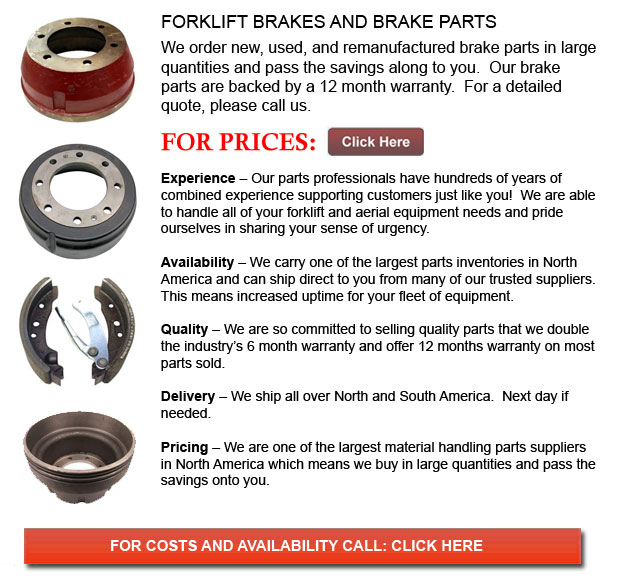
Forklift Brakes - A brake in which the friction is supplied by a set of brake shoes or brake pads which press against a rotating drum shaped unit called a brake drum. There are a few particular differences between brake drum types. A "brake drum" is usually the explanation given if shoes press on the inner exterior of the drum. A "clasp brake" is the term used so as to describe whenever shoes press next to the outside of the drum. Another type of brake, known as a "band brake" makes use of a flexible belt or band to wrap round the exterior of the drum. Where the drum is pinched in between two shoes, it can be known as a "pinch brake drum." Similar to a conventional disc brake, these kinds of brakes are quite uncommon.
Early brake drums, previous to nineteen ninety five, required to be constantly modified in order to compensate for wear of the drum and shoe. "Low pedal" could result if the required adjustments are not done sufficiently. The vehicle could become hazardous and the brakes can become ineffective if low pedal is combined with brake fade.
There are some different Self-Adjusting systems designed for braking offered today. They can be classed into two individual categories, the RAD and RAI. RAI systems are built-in systems which help the apparatus recover from overheating. The most recognized RAI makers are AP, Bendix, Lucas, and Bosch. The most well-known RAD systems include AP, Bendix, Ford recovery systems and Volkswagen, VAG.
The self adjusting brake would usually just engage if the lift truck is reversing into a stop. This method of stopping is acceptable for use whereby all wheels use brake drums. Disc brakes are used on the front wheels of vehicles today. By functioning only in reverse it is less possible that the brakes would be adjusted while hot and the brake drums are expanded. If adapted while hot, "dragging brakes" can happen, which raises fuel intake and accelerates wear. A ratchet device that becomes engaged as the hand brake is set is another way the self repositioning brakes may function. This means is just appropriate in applications where rear brake drums are used. When the parking or emergency brake actuator lever goes over a specific amount of travel, the ratchet improvements an adjuster screw and the brake shoes move toward the drum.
There is a manual adjustment knob situated at the bottom of the drum. It is generally adjusted through a hole on the other side of the wheel and this involves getting beneath the lift truck using a flathead screwdriver. It is of utmost importance to be able to move the click wheel correctly and modify every wheel equally. If uneven adjustment takes place, the vehicle could pull to one side during heavy braking. The most efficient method so as to make certain this tiresome task is done safely is to either raise each wheel off the ground and spin it by hand while measuring how much force it takes and feeling if the shoes are dragging, or give every\each and every one the same amount of clicks manually and then perform a road test.
![]() Click to Download the pdf
Click to Download the pdf
Forklift Parts
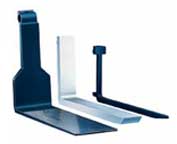
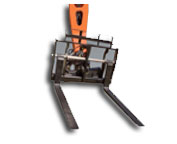
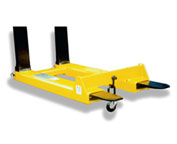
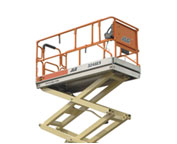
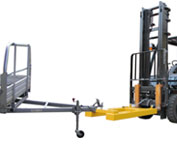
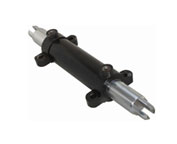
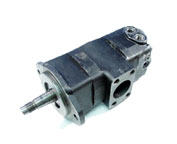
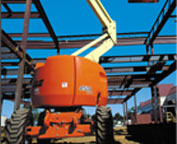
Lift Parts Express
TOLL FREE: 1-888-695-7994
Milwaukee, Wisconsin
forkliftpartsmilwaukee.com
Email Us
About Us


